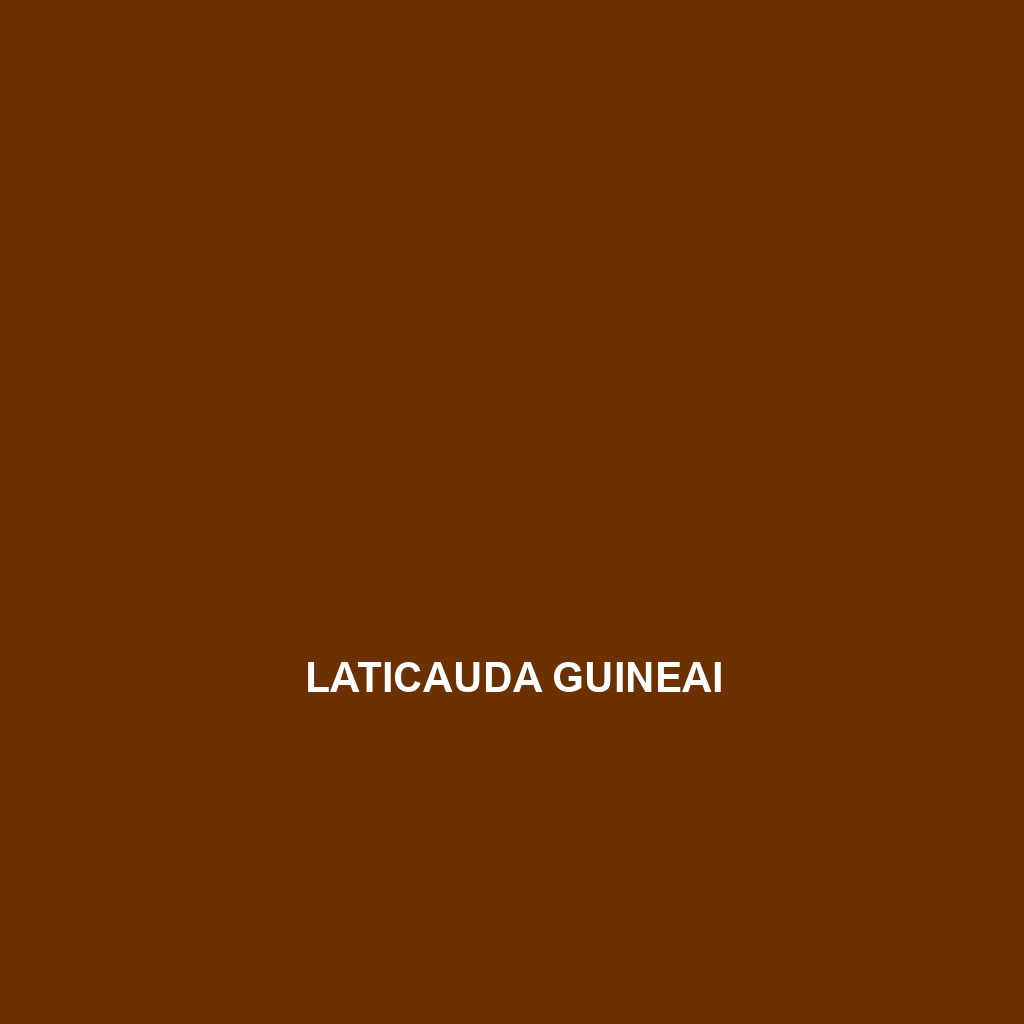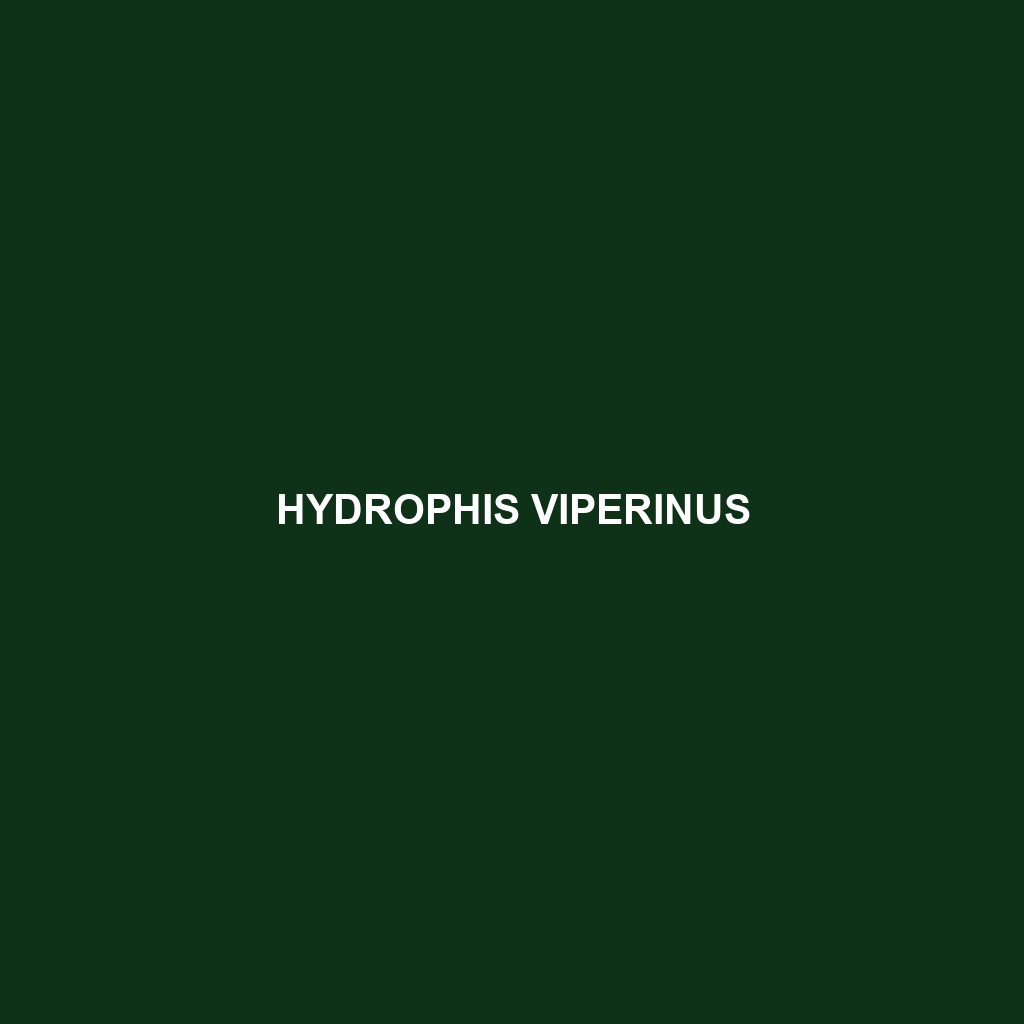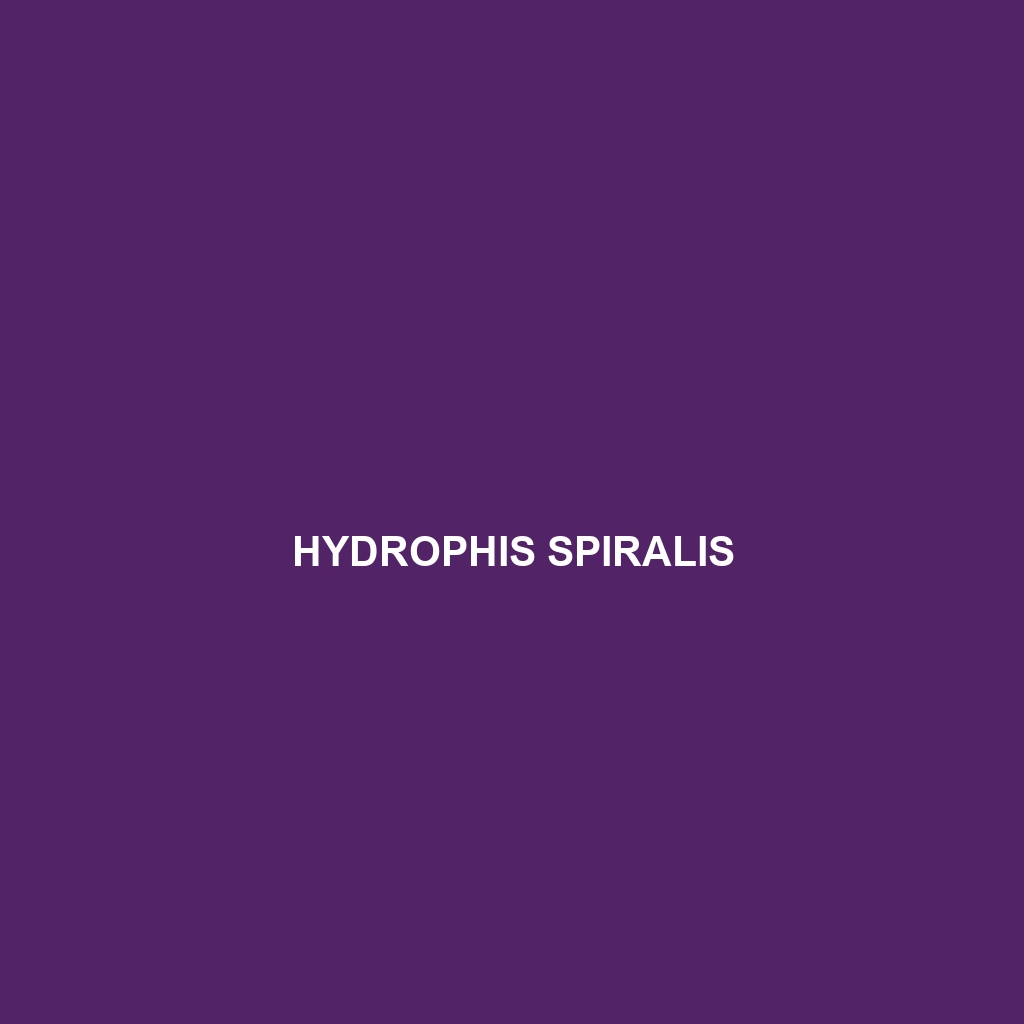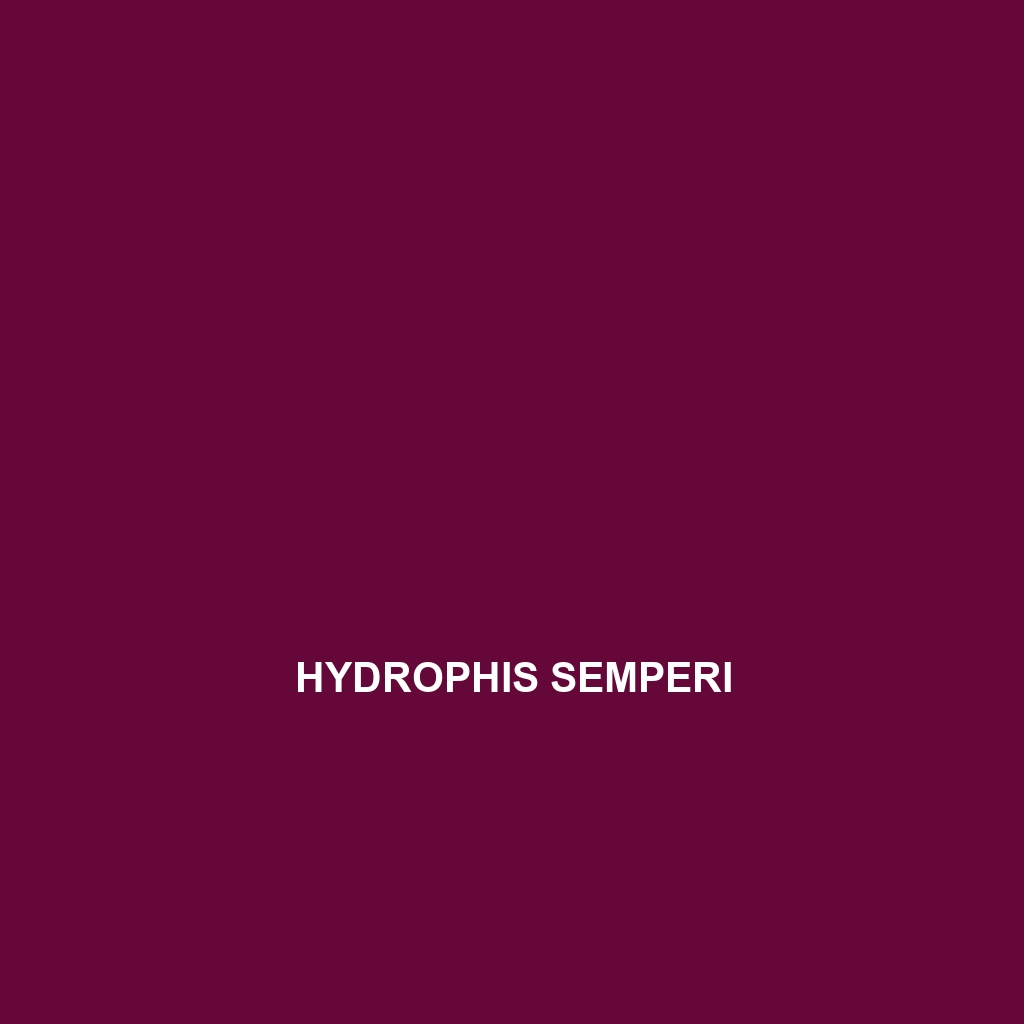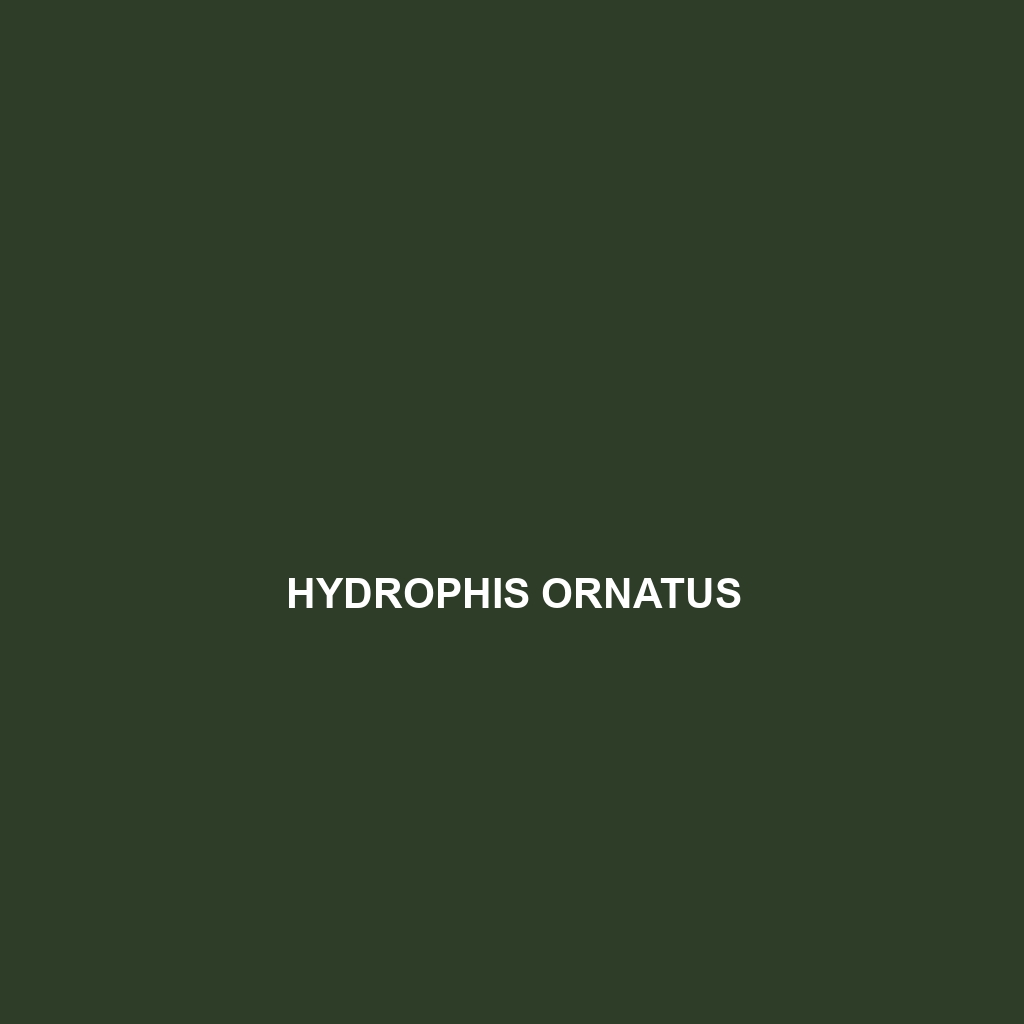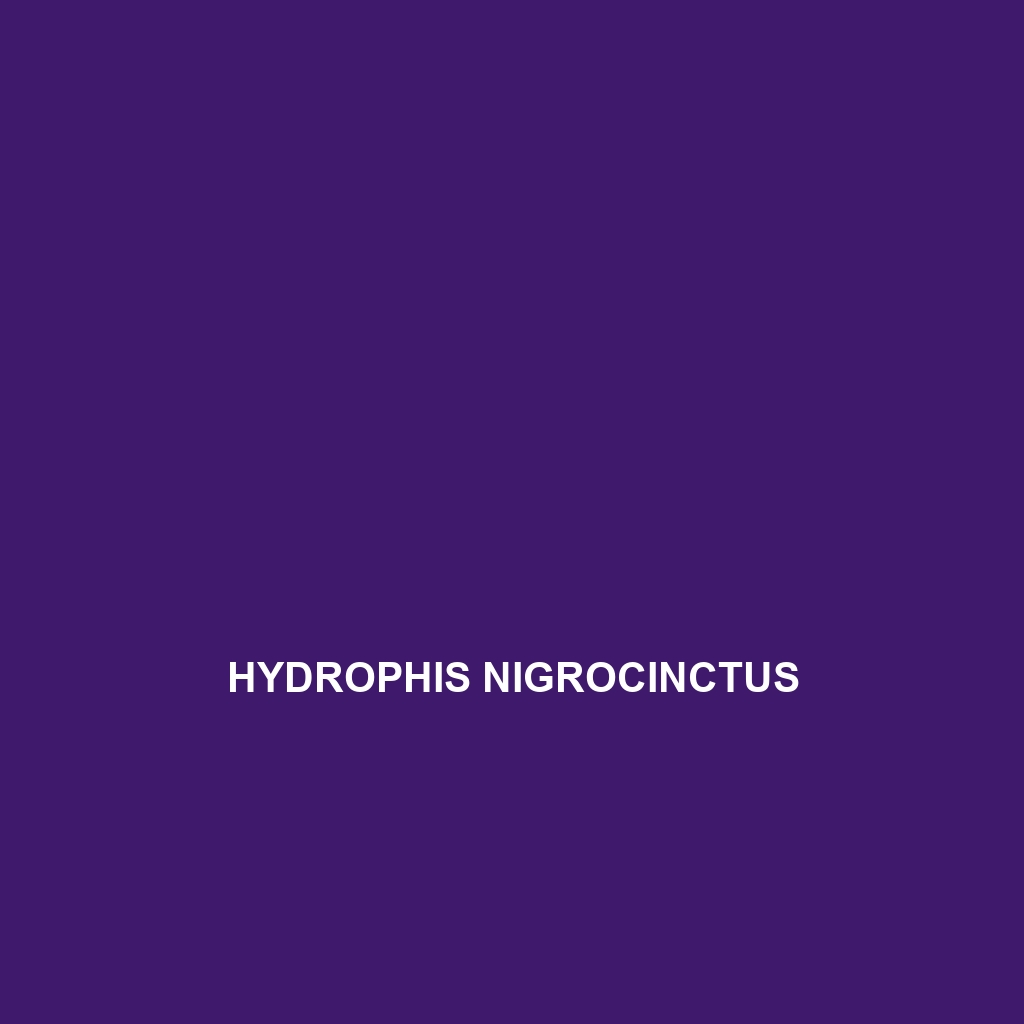<p><b>Laticauda semifasciata</b>, commonly known as the banded sea krait, is a semi-aquatic snake found in the western Pacific Ocean, notable for its striking black and pale coloration and ability to breathe underwater. This carnivorous species primarily preys on eels and small fish, contributing to the balance of marine ecosystems.</p>
Tag: marine reptiles
Laticauda saintgironsi
The <b>Laticauda saintgironsi</b>, or yellow-bellied sea snake, is a carnivorous marine snake found in the warm waters of the Indo-Pacific, characterized by its striking yellow underbelly and paddle-like tail. Known for its nocturnal hunting behavior and reproductive method of giving live birth, this species plays a crucial role in maintaining the balance of its marine ecosystem.
Laticauda laticaudata
The <b>Laticauda laticaudata</b>, or wide-bodied sea snake, thrives in warm tropical and subtropical waters, primarily found in coral reefs and coastal areas. Measuring between 1.2 to 2 meters, this diurnal carnivore captures fish and crustaceans using its potent yet mild venom, playing a vital role in maintaining ecological balance in marine ecosystems.
Laticauda guineai
The Guinean sea snake (Laticauda guineai) is a striking marine species found in the shallow coastal waters of West Africa, characterized by its streamlined body, distinctive black and yellowish bands, and a diet primarily consisting of fish and eels. Known for its fascinating behaviors and important ecological role as a predator, this semi-aquatic snake thrives in diverse habitats, contributing to the balance of marine ecosystems.
Hydrophis viperinus
<b>Hydrophis viperinus</b>, also known as the Yarned Sea Snake, is a carnivorous predator found in tropical marine habitats across the Indo-Pacific, characterized by its elongated body, paddle-shaped tail, and distinctive coloration that aids in camouflage. This species plays a vital role in marine ecosystems by regulating fish populations and contributes to the health of coral reefs.
Hydrophis torquatus
<b>Hydrophis torquatus</b>, or the Ringed Sea Snake, is a striking marine reptile native to tropical waters of the Indian and Pacific Oceans, known for its distinctive black and yellow or white ringed pattern and vital ecological role in controlling fish populations. This carnivorous species is ovoviviparous, giving birth to live young after a gestation period of 6 to 10 months, and plays a crucial role in maintaining the health of marine ecosystems.
Hydrophis spiralis
Discover the Hydrophis spiralis, or spiral sea snake, renowned for its vibrant blue-green and yellow-striped body, reaching lengths of up to 2 meters. Native to the Indian and Pacific Oceans, this carnivorous species plays a vital role in marine ecosystems, feeding on small fish and crustaceans while showcasing unique behaviors such as basking and social interactions.
Hydrophis semperi
Discover the Semper’s sea snake, or Hydrophis semperi, a diurnal marine reptile thriving in the warm coastal waters of the Indo-Pacific region. With its agile, slender body, striking coloration, and remarkable hunting skills, this fascinating species plays a vital role in maintaining the balance of its coral reef ecosystem.
Hydrophis ornatus
Hydrophis ornatus, commonly known as the ornate sea snake, thrives in warm coastal waters of the Indo-Pacific region, featuring strikingly patterned scales and a diurnal hunting behavior primarily targeting small fish and crustaceans. This viviparous species, which plays a crucial ecological role in marine ecosystems, is classified as Least Concern by the IUCN, although it faces threats from habitat loss and pollution.
Hydrophis melanosoma
<strong>Hydrophis melanosoma</strong>, commonly known as the black sea snake, is a diurnal marine reptile found in the warm coastal waters of the western Pacific Ocean. This species features a streamlined body, measuring 1.6 to 2.4 meters, with striking black or dark brown coloration and plays a vital role in regulating marine ecosystems as both predator and prey.



